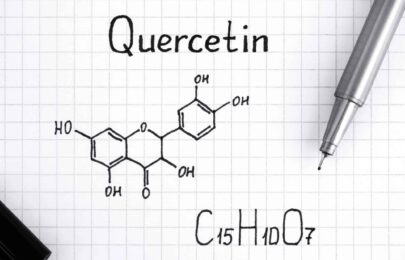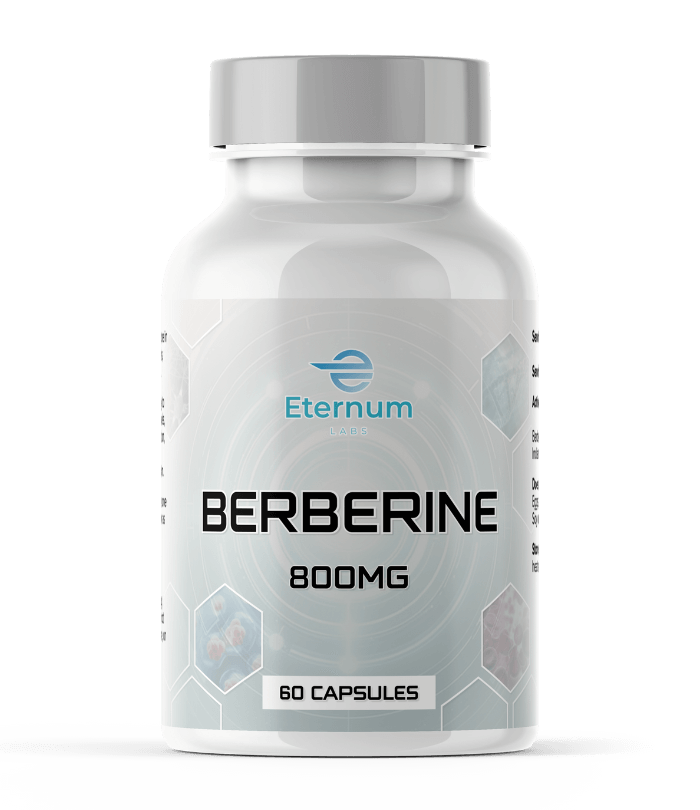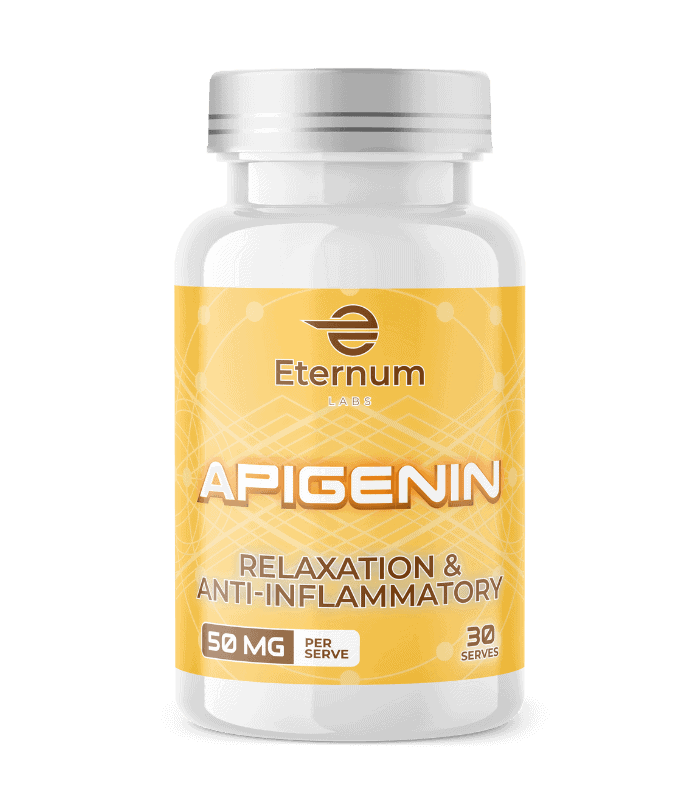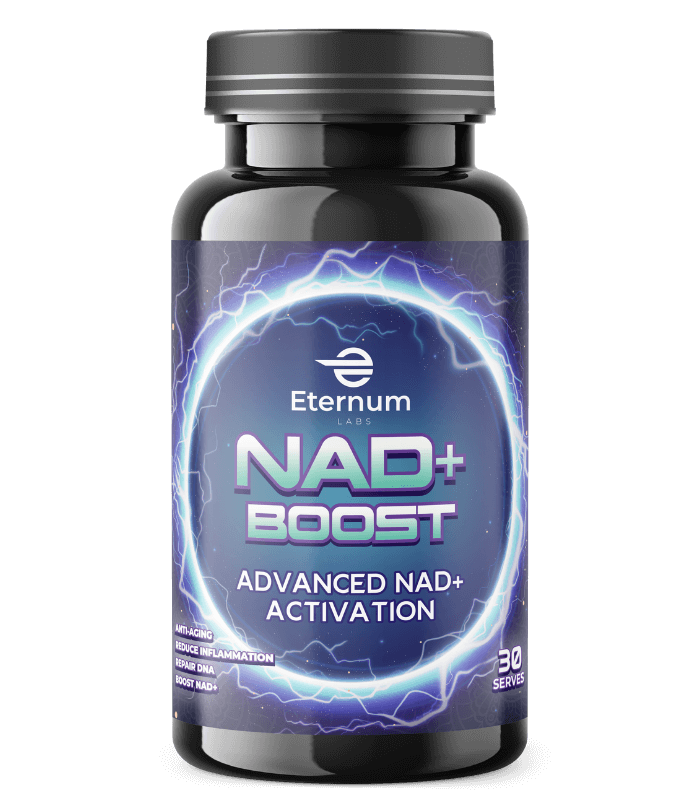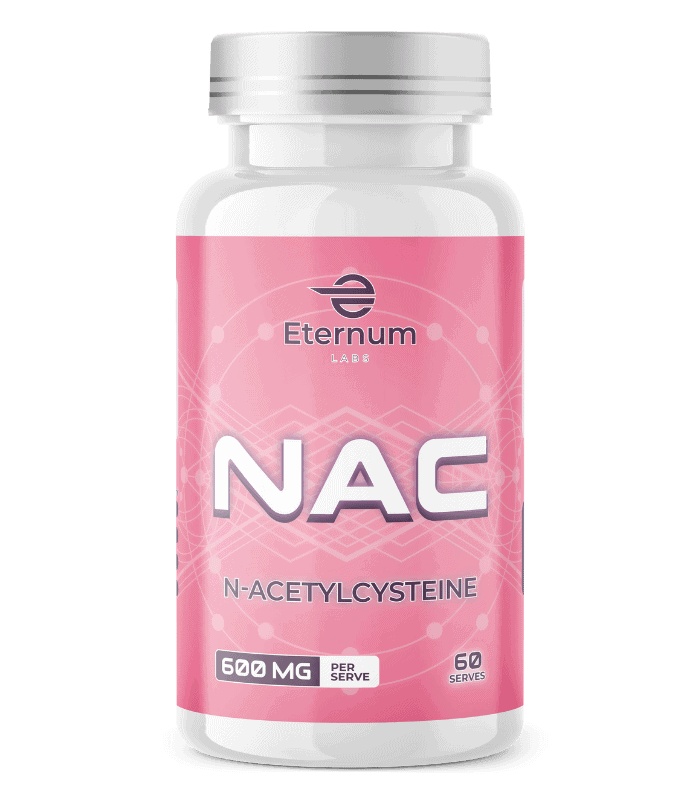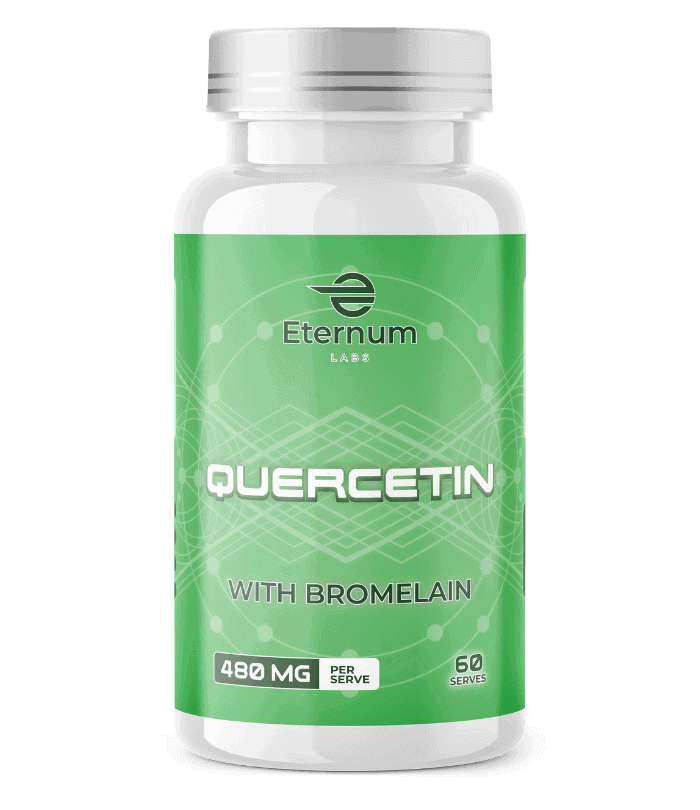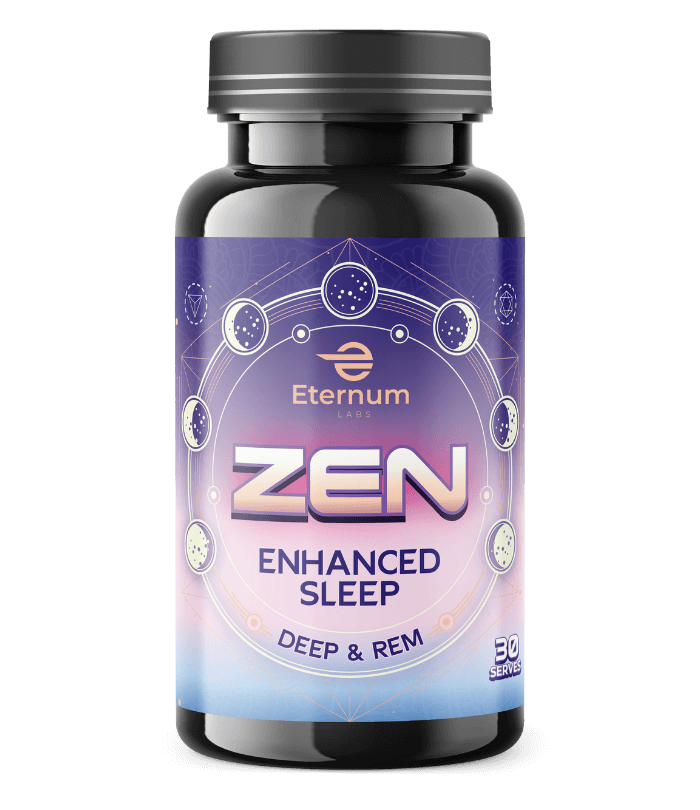
How to get the best results from NMN anti-ageing supplements
NMN has been earning plenty of attention in the anti-ageing community for its potential age-reversing benefits. It comes as no surprise that many people in the anti-ageing community are therefore experimenting with this NAD+-boosting supplement.
Where to buy NMN?
It’s all about Eternum Labs, whose 99% purity NMN supplement is tested in a certified laboratory operated by a qualified doctrine of science. They regularly test their batches to ensure the purity of the product and also produce Resveratrol, another potentially awesome anti-ageing product.
In this blog, we will discuss three things regarding getting the best results from NMN self-experimenting. This includes:

- Is it safe to experiment with NMN?
- How can you determine the results of self-experimenting?
- What NMN supplement is the best for me?
So, let’s find out how you safely experiment with NMN and how to determine if it’s working for you.
How to self-experiment with NMN
You want to develop a robust experimental framework based on the principles of the scientific method. This has restrictions, however, as the human body is complex and varies from person to person.
If you are interested in a little biohacking fun, please remember that self-experimenting can be:
- Difficult to regulate
- Hard to get the best results from
- Prone to placebo and bias
- Impossible to repeat
We are going to attempt to consider these ongoing issues with self-experimentation, as getting the experiment right is important to getting the best results and determining the supplement’s efficacy.
It is our aim to provide you, the biohacker, with a profound insight into the broader self-experimentation community. What’s more, we want to help other people properly self-experiment so we can share our insights and benefit as a community.
So let’s give this a go in the name of anti-ageing science!
NMN testing: before & after
What are we testing?
A definite hypothesis regarding NMN efficacy should be summarised as following:
“NMN supplementation can increase anti-ageing NAD+ levels in the human body, with studies ongoing to determine its efficacy. Increasing NAD+ levels in the body will measurably enhance certain characteristics of youthfulness and potentially slow the ageing process.”
This hypothesis is determined by a thorough volume of studies regarding NAD+-boosting supplements like NMN (nicotinamide mononucleotide), nicotinamide and NR (nicotinamide riboside). These indicate that:
- NAD+ levels are important for a range of cellular processes;
- NAD+ decline in the body is linked to ageing processes, and;
- NAD+ decline in the body is linked to a range of age-related diseases.
We can gather related data and analyse it to draw conclusions regarding the efficacy of NMN.
How can you test NMN efficacy in humans?
To test NMN in hymans, we need to:
- Determine the right dose of NMN to raise NAD+ levels in the body;
- Determine how we can monitor NAD+ levels in the body, and;
- What restrictions can be applied to defend against placebo/bias?
So, how much NMN should a person take?
To determine the right NMN dose for the experiment, it is important to analyse two Food & Drug Administration (FDA) approved clinical trials. These two trials are currently evaluating the safety and efficacy of NMN.
These two trials can be searched online at clinicaltrials.gov.
The two separate trials are:
Clinical Trial #1: Clinical dosing for participants aged 40-65 years with a dose of 300mg/day.
Clinical Trial #2: Dosing for post-menopausal women with a dose of 250mg/day.
Personal anecdotes from across the web suggest that these are appropriate dosage levels. Australian biologist, for example, recommends one gram of NMN each day, so 250-300mg isn’t a bad place to start.
Choosing an appropriate NMN supplementation level should be based upon factors like age as well as how individuals experience the doses they are administered. This could analyse factors like flushing or insomnia and whether it would be wise for the participant to lower their dosage for ongoing evaluation.
Using data for the NMN self-experiment
The determined goal is to measure related biometrics before supplementation with NMN. This will once again be measured after sustained NMN supplementation. However, there are restrictions with these details, as sampling intracellular NAD+/NADH body levels comes with its own set of challenges.
Two problems that face people self-experimenting with NMN are:
- Direct NAD+/NADH testing is reduced to professional assay tests. This unfortunately violates the tester’s goal for other biohackers to repeat the test.
- Interpreting the data is difficult and makes representativeness of the measurement a challenge.
NAD+/NADH levels alter dramatically across the day with circadian rhythm, eating and activity.
Note: Blood glucose exhibits the same characteristics – this may be because both are part of the body’s energy production.
- You would have to semi-continuously sample it across many measurements.
But there is widespread interest in NMN, as well as commercial development and research funding. This means widespread testing of NMN efficacy is likely to come to fruition in the near future.
There are two promising options for this:
- Liquid chromatography to measure levels of NAD+ in cells and tissues.
- A bioluminescent biosensor to quickly quantify NAD+ levels in biological samples. This can be used at the point of care or in laboratories.
Determining a NAD+ proxy
In science, if it is impossible to directly measure something, you can find a reliable proxy. For example, scientists study bubbles found in glaciers to study past climates to estimate CO2 levels and global temperatures.
This is done because they didn’t have the technology to directly sample the earth’s temperature 5,000 years ago. We don’t have the tech to sample older NAD+ levels yet, and so it is suggested that you use different biomarkers that represent youthfulness like the climate thermometer proxy.
There are numerous proxies that can be utilised to determine these levels, including:
- Blood pressure
- Lipid profile
- SF-36 questionnaire – a questionnaire used to determine overall health of the individual
You could also utilise measurements of biological ageing. This is because:
- Biological ageing is the target for longevity optimisation
- Biological ageing calculation and measurement is accessible to other biohackers and can be repeated
- Biological ageing is a far-reaching measurement for the body’s overall youthfulness
- Biological ageing has multiple testing modes available to the individual
You can use the following two biological age computation methods:
- The phenotypic age test, and;
- The measurement of DNA methylation or “epigenetic age”.
The first test is a test blood, with the second a result of direct measurement of methylation at an epigenome’s CpG sites. There is a direct link here between NAD+ levels, as they are seen as SIRT enzyme boosters which repair DNA and regulate genome expression.
Increasing NAD+ levels could theoretically enhance the body’s ability to regulate the epigenome. Therefore, potential improvements could be achieved in the epigenetic age.
Epigenetic age kits are becoming a widespread scientific tool, and therefore can make the test repeatable.
How do you analyse the data?
At the basic level, you should statistically compare the proxy measurements with the before and after data. Time is passing as the test goes on, and it doesn’t run over a short period of time. Therefore, the “after” measurements of the data should be corrected in your analysis, considering how long has passed since you began the experiment.
Finally, you should attempt discerning management of confirmation bias. Anyone interested in NMN and its potential age-reversing benefits wants NMN to be the real deal, so you need to defend against drawing conclusions based on this result.
How much NMN should you take?
You could start by dosing 250mg/day like in the above study. This could be increased if you consult with someone in the know and is advisable. Your testing could be coupled with Eternum Labs resveratrol at a similar dosage. This is because resveratrol has a role in sirtuin activation, and brings its own potential anti-ageing benefits.
Related Articles
N-Acetyl-Cysteine NAC Benefits: What You Need to Know
Quercetin Supplement: What Are The Benefits?
Products
-
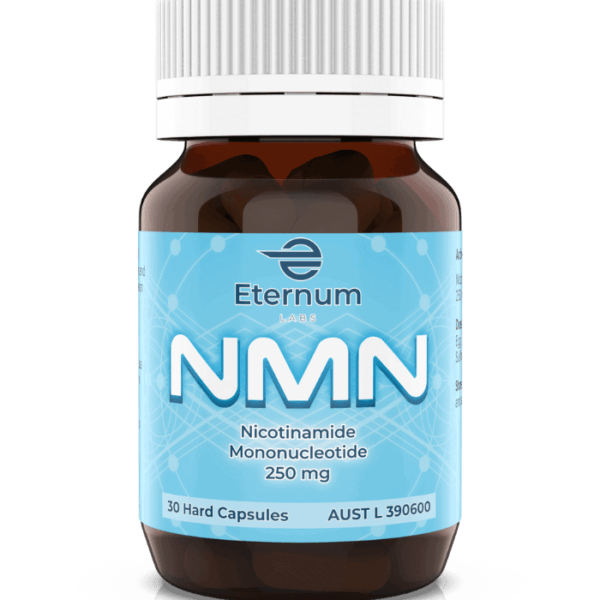 NMN Nicotinamide Mononucleotide
Rated 4.90 out of 5From: $89.97 — or from
NMN Nicotinamide Mononucleotide
Rated 4.90 out of 5From: $89.97 — or fromFrom: $89.97From: $80.97 / month -
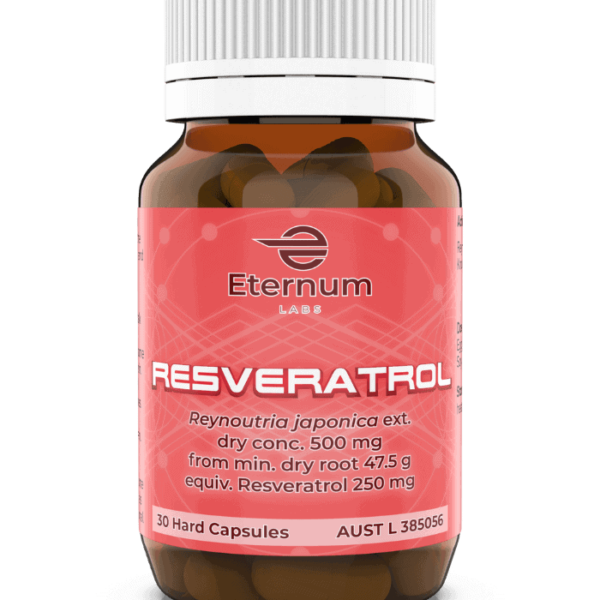 Resveratrol
Rated 4.95 out of 5$57.97 — or
Resveratrol
Rated 4.95 out of 5$57.97 — or$57.97$52.17 / month -
 B1
Rated 5.00 out of 5From: $49.97
B1
Rated 5.00 out of 5From: $49.97 -
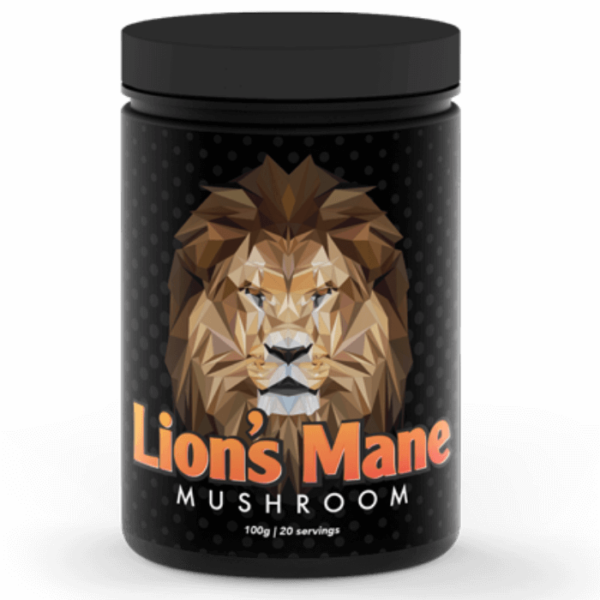 Lion's Mane
Rated 5.00 out of 5$59.97
Lion's Mane
Rated 5.00 out of 5$59.97 -
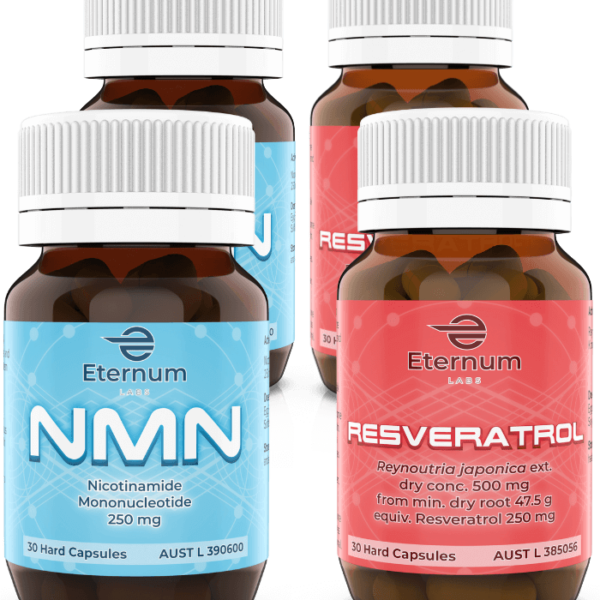 NMN + Resveratrol
Rated 4.92 out of 5
NMN + Resveratrol
Rated 4.92 out of 5From: $295.88From: $247.97 — or fromFrom: $295.88From: $223.17 / month

